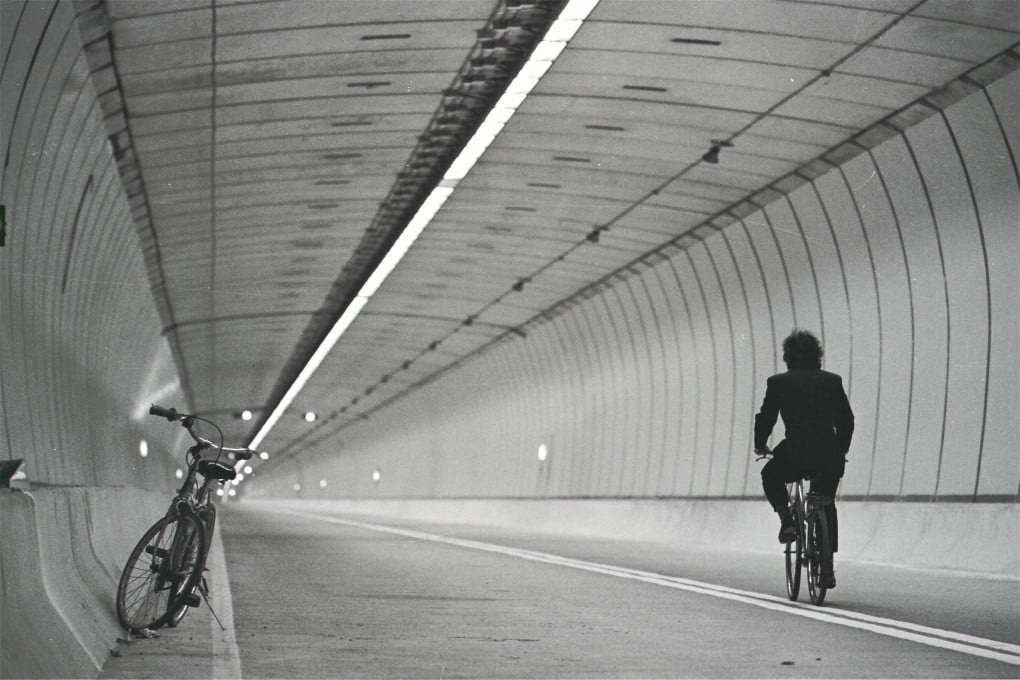How Hong Kong got the Tate’s Cairn Tunnel
- The tunnel opened in 1991, with 39,000 vehicles passing through its 4km in the first 21 hours of service
- The multibillion-dollar project cut travel time from Sha Tin to Central from an hour to 25 minutes

“A $5.5 million feasibility study for a road tunnel linking Shatin with East Kowloon was given the green light yesterday,” reported the South China Morning Post on May 2, 1986.
The proposed project, the Tate’s Cairn Tunnel, was expected to become Hong Kong’s longest road tunnel and alleviate congestion in the Lion Rock Tunnel, which at the time was used by 70,000 vehicles a day.
The study, which was completed in November, suggested that the Sha Tin entrance to the 4km tunnel should be located at Siu Lek Yuen or To Shek – the former eventually being chosen. The Kowloon entrance would be at Diamond Hill.
On January 31, 1987, the Post reported that up to 20,000 people would be affected by a large-scale clearance operation at Diamond Hill. “Problems are expected on the Kowloon side where the exit is near Ha Yuen Ling and Tai Hom – two densely populated squatter villages.”

Six private consortiums had submitted tenders to build and operate the tunnel, reported the Post on September 26. On February 24, 1988, it was reported that the HK$2 billion contract had been awarded to a British-Japanese association of developers, the Gammon-Nishimatsu consortium. Blasting and construction began that July.